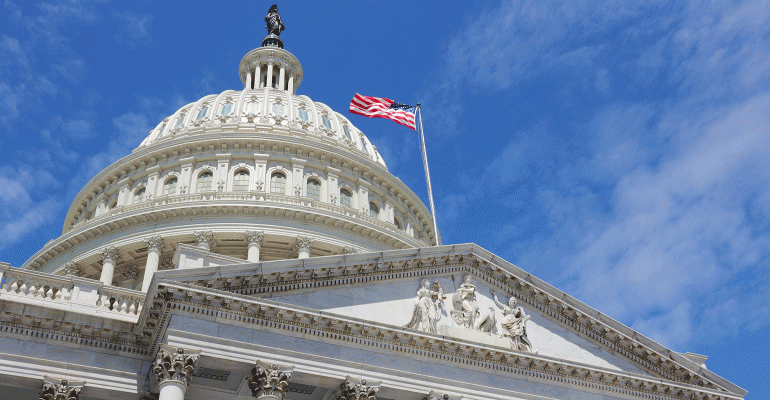Joe Kefauver is managing partner of Align Public Strategies, a full-service public affairs and creative firm that helps corporate brands, governments and nonprofits navigate the outside world and inform their internal decision-making. This article does not necessarily reflect the opinions of the editors or management of Nation’s Restaurant News.
There is an endless list of adjectives to describe the first six-months of the Trump administration and many of them would be inappropriate to mention in this forum. But one modifier is both accurate and acceptable — and that word is unpredictable.
For context, the first six months of the Obama and second Bush administrations were fairly predictable. Both embarked on legislative agendas that looked and felt a lot like their campaign platforms, and while the legislative process for both was rocky, we knew what we were in for. Not so much this time around.
Clearly, we knew that health care was at the top of the batting order, whether the result would be reform, replace or repeal. But after that, it was anyone’s guess.
No one could have predicted this level of chaos, whether it was the Comey drama, playing footsie with Putin, Spicey and the Mooch, Steve Bannon and now, against all odds, the empowerment of the white supremacy movement by the president of the United States himself. It’s an impossible environment for a legitimate conversation about tax reform and health care.
One of biggest costs of those distractions to the employer community has been the systemic failure of adequately staffing the administration and giving the regulatory process the attention it deserves. One glaring example is what is happening — or more accurately, not happening — with the regulation regarding CEO pay ratio disclosure promulgated by the Obama-era SEC.
The regulation called for publicly traded companies to begin submitting various types of pay data to the SEC for publication in 2018. If finalized, not only would our industry detractors potentially have a new line of attack on us, but also we would be giving very sensitive data to the government that could potentially be used against us in a variety of ways.
Specifically, the disclosure rule requires public companies to disclose the median of the annual total compensation of all non-CEO employees, the total compensation for the CEO and the ratio of the two.
Companies are allowed to identify their median employee in a few different ways. They could provide the ratio based on the compensation paid to their full employee population or they could implement a statistical sampling or another reasonable method. According to the rule, companies can identify the median employee based on any “consistently used compensation measure,” such as tax or payroll records. Companies are allowed to identify the median employee once every three years.
When Donald Trump won the election, there was a great deal of optimism within the business community that Congress would intervene or that the SEC would rescind the rule. The U.S. House of Representatives did, in fact, pass a repeal of the Dodd-Frank Act in the CHOICE Act, which included a repeal of the pay disclosure regulation. But like a lot of things in the Senate, the momentum has slowed and as of now, it appears unlikely that they will be able to pass it. As a result, they likely will not be repealing the pay ratio provision before the SEC publishing deadline.
The SEC, for its part, could even have a hard time delaying the rule. If the one Democrat on the commission decides not to show for a scheduled vote, then the commission, as currently staffed, would lack a quorum.
As of now, publicly traded companies should presume that the rule and its deadline will stand and comply accordingly.
This is not a welcome development. It is a paperwork and compliance nightmare, and it puts the issue of disparity between CEO and hourly workers’ pay back on the table. The media will eat it up. Entry-level employers are particularly vulnerable on this issue, and the data will likely portray employers as exploitative. While the rule only applies to publicly traded companies, the larger income inequality narrative and political conversation will impact all operators.
One additional important point: Last year, Portland, Ore., passed its own CEO pay disclosure and tax law that is based on the data submitted to the SEC. One glaring problem was a lack of clarity around how franchisees would be handled. Would the owner of a three-unit franchise be considered a CEO and thus subject to the rule? Or would only the CEO of the franchisor qualify? No one could seem to answer that question at the time. And at the same time, there was such a universal belief that the SEC regulation would ultimately die that no one worked that hard to resolve the situation.
So now that local regulation and the unanswered questions surrounding it become more relevant. The Portland law is in effect and the taxes based on the data submitted to the SEC will start being levied in 2018.
The regulatory process is long and tortuous. While there has been a lot of talk from the new administration about rolling back Obama-era regulations, with the exception of some meaningful action at the Department of Labor, there has been little real action. Entry-level employers could certainly use a little less chaos and a little more governing. Anyone care to make a prediction on that happening?





